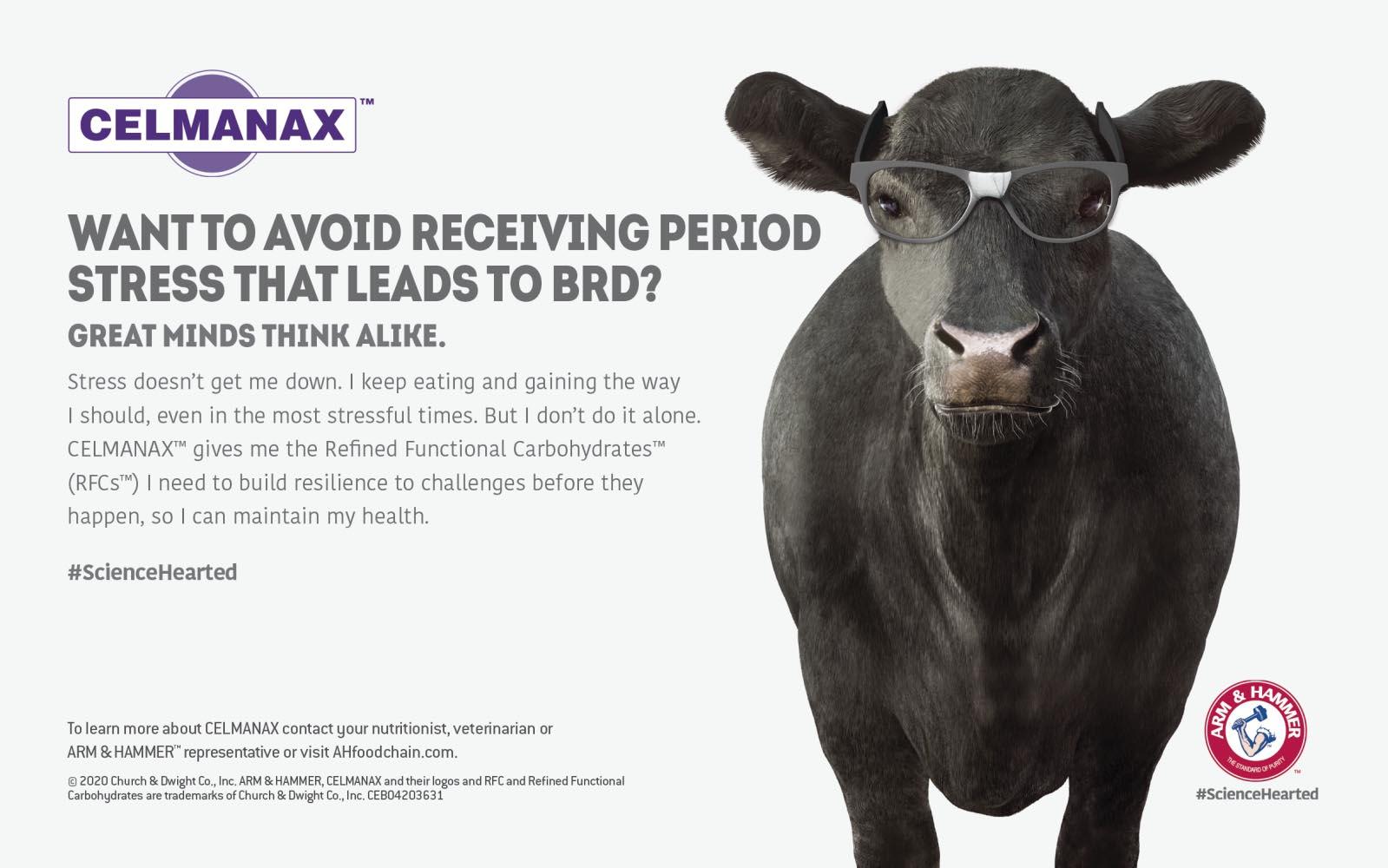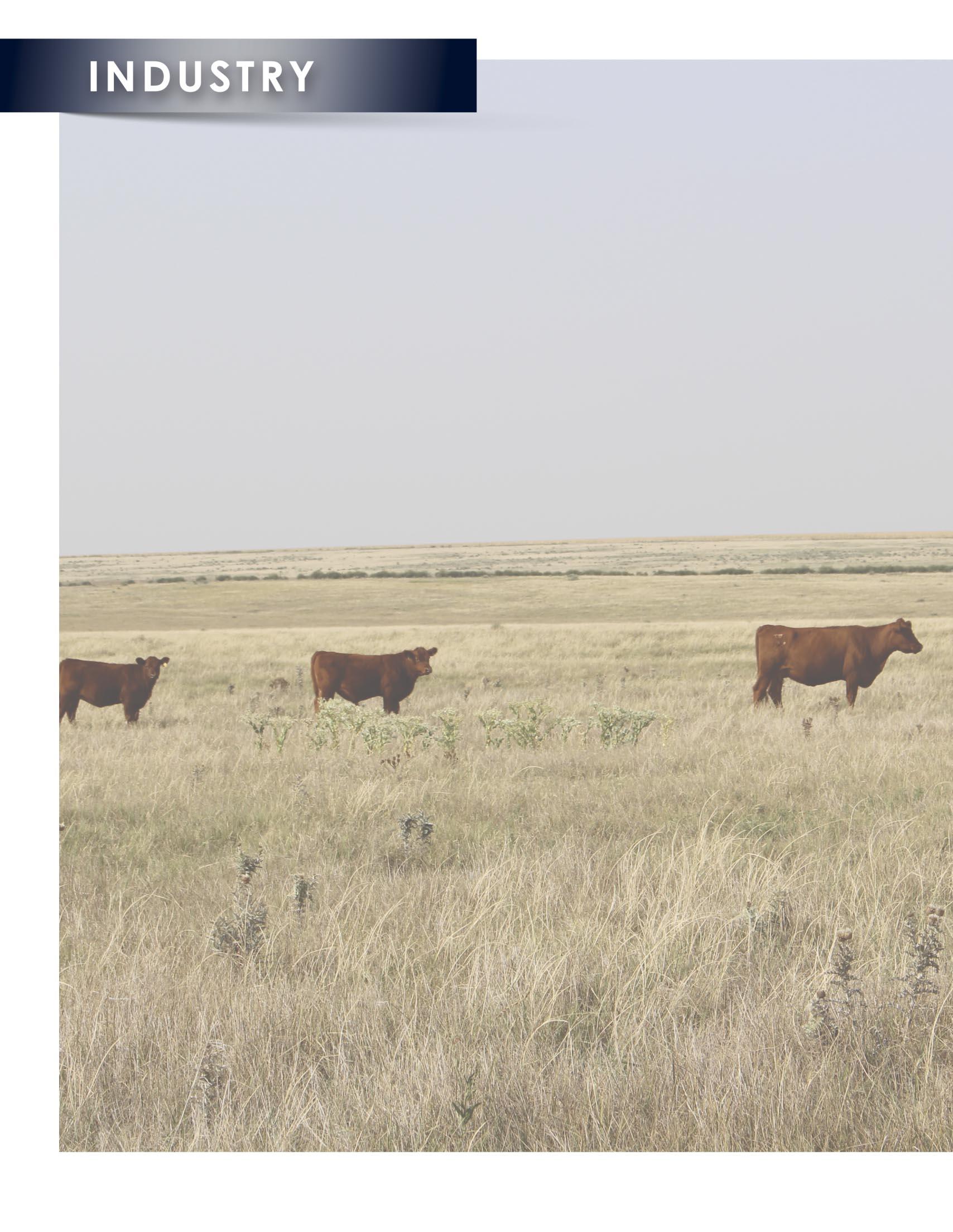
2 minute read
Chuckles from Down Under
The Cohens were shown into the dentist's office, where Mr. Cohen made it clear he was in a big hurry.
"No fancy stuff, Doctor," he ordered. "No gas or needles or any of that stuff. Just pull the tooth and get it over with."
"I wish more of my patients were as stoic as you," said the dentist admiringly. "Now which tooth is it?"
Mr. Cohen turned to his wife, Jenny. "Show him your tooth, honey."
negative impact on final quality grade. As calves grow and mature, and as they enter backgrounding and stocker programs, they are able to benefit from greater levels of active compound because they are heavier, consuming more nutrients, and typically growing faster.
A potential side effect in calves that have been exposed to excessive estrogen sources, either from feeds or from implants, can be bullers and prolapses. By making sure to match the proper implant dosage to the animal size and available nutrient supply, adverse side effects can be avoided.
One question that comes up frequently is the effect of growth-promoting implants on future replacement heifers. There is a substantial body of data on the effects of implants on future reproductive efficiency of beef heifers. These data are equivocal in that some studies show a negative impact on fertility and others show no negative effect. The takeaway is possibly to be better safe than sorry. Two paths to achieve this are as follows: (a) don’t implant your heifer calves; or (b) select your future replacement heifers from your heifer calves and implant the remaining heifers which will not be used as replacement females. This can be feasible given that the number one factor correlated to heifer fertility at breeding time is days of age relative to herd mates. Older heifers are more reproductively mature, typically a little larger, may be capable of greater feed intake, and are closer to their mature body size and weight both at breeding and at subsequent calving. Barring any physical defects, days of age could be a predominant factor when selecting replacement heifers, which would allow the producer to implant those heifers born later in the calving season which are not desirable as replacement heifers.
Implants can affect marbling content of the calf. Even if implanted calves and non-implanted calves can be slaughtered at the same fat level, implanted calves will typically have slightly less marbling. However, the marbling reduction is minor relative to the increase in weight gain resulting from implanting, especially in calves fed to a high level of fatness and in calves which have excellent genetic potential for marbling.
Implants increase suckling calf performance and improve rancher profitability. Implants have been demonstrated to be safe for the calf and for the beef consumer. Global demand for high-quality protein is on the rise; now is the time for ranchers to find ways to meet that need.











